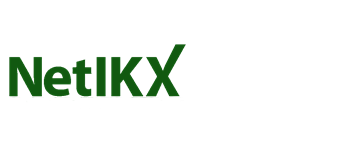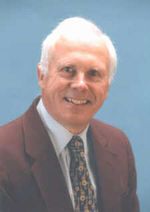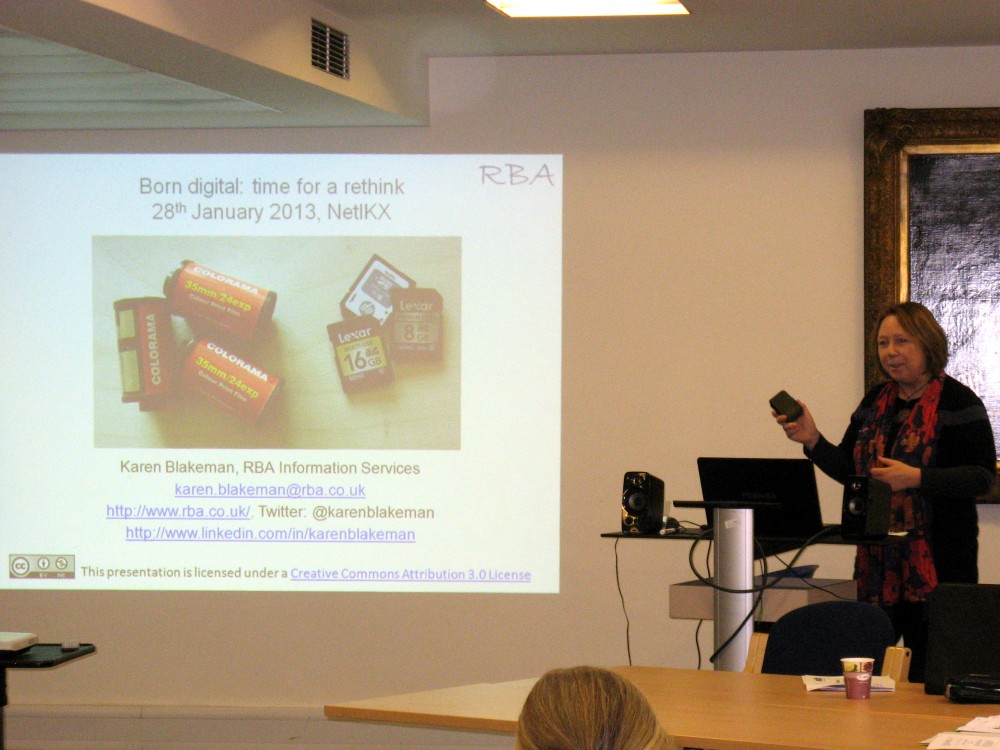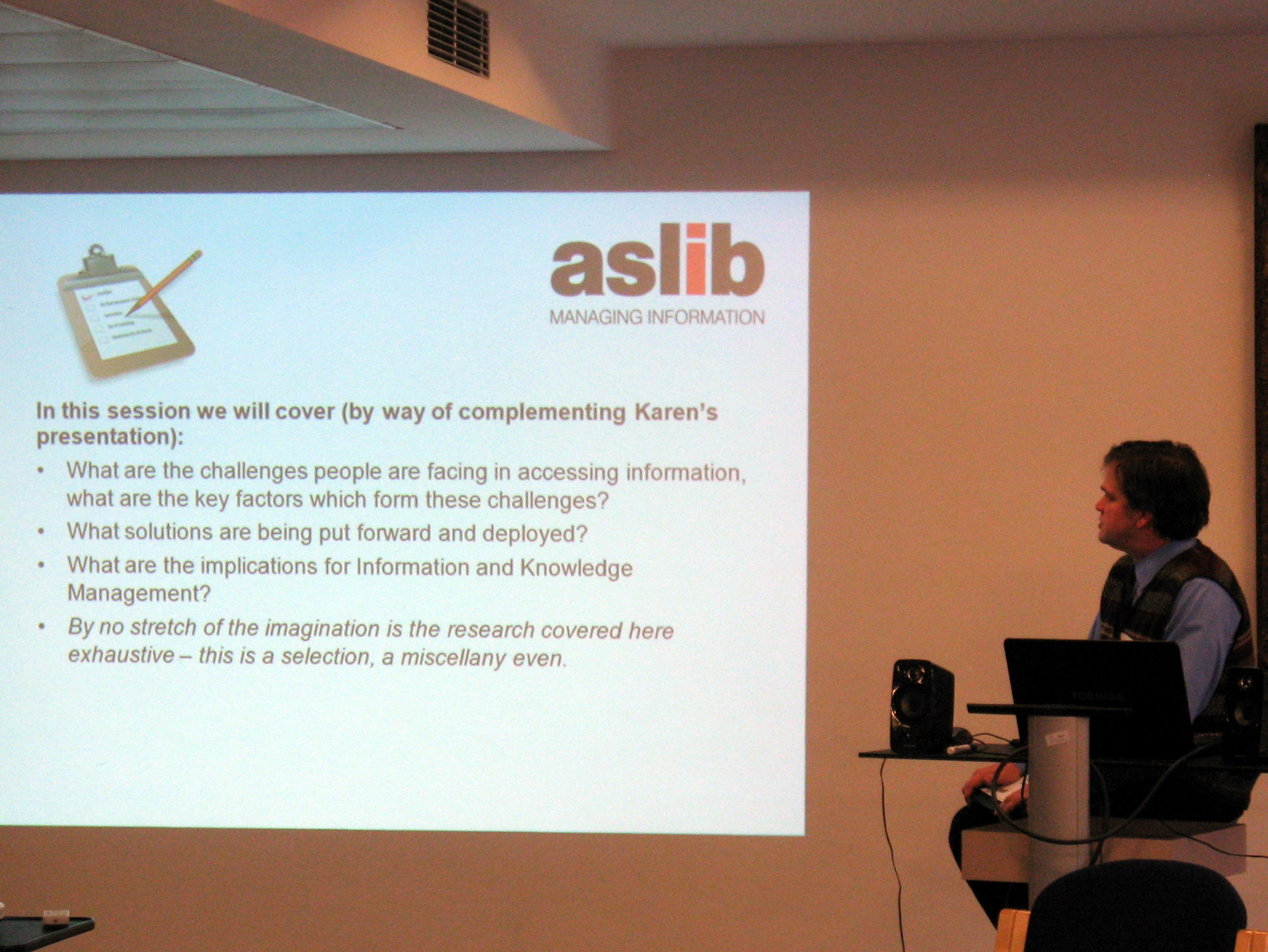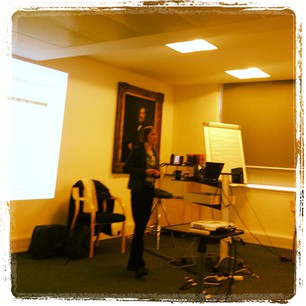Information on the Move Seminar Tuesday May 13th Part 2
Max Whitby of Touch Press http//www.touchpress.com came to talk to @30 people attending the NetIKX seminar at the British Dental Association in Wimpole Street, following on from David Nicholas (see related blog Part 1). Max’s company specialises in creating apps which are interactive and provide information or assist in education. In other words, these apps have a point, they are not games. They have created an app of ‘The Periodic Table’ and ‘The Solar System’ and ‘The Orchestra’. Users spend hours looking, listening and reading the annotation on these apps. For example, on the app for T.S. Eliot’s great poem “The Wasteland” , there are multiple readers including Fiona Shaw, Alec Guinness and T.S. Eliot. Three of their music apps have been nominated for an award from the Royal Philharmonic Society. Max displayed a couple of the apps on screen – one in particular caught my attention – ‘The Orchestra’. This features the instruments (looking at each instrument from every angle); the music (including the score); the conductor. Amazing.
Following on from Max’s talk we had refreshments and then divided up into two syndicate groups. These working groups addressed two different issues. “1) Taking an example of the rich functionality and content of the Touch Press app, think of an app that your organisation could develop that would engage and/or educate and/or inform its users/customers”. Syndicate 1 came up with five ideas. Members from the Ministry of Justice suggested an information app for internal use within the Ministry. This app could identify all the things that policy makers needed to know (to connect with) in order to produce proper policy. The current tools are paper documents, documents held by records management or information controlled by external contractors. It is a question of packaging up such tools and presenting them in a uniform but innovative way on an app. Members from the Institute of Energy suggested an educational app. On their current website is an interactive matrix demonstrating “The Energy Chain”. It is linked to an offsite database (massive) held in a separate location. An app could have one part of the database in order to describe “The Energy Landscape” (a mixture of visual/text/statistics). It could be used by anyone: researchers, students, members of the public. Attendees from the Medical Defence Union came up with an app about things to avoid, in terms of risk mitigation for medical professionals. Another attendee from the Department of Health suggested two apps – one about how the body functions, with different levels of knowledge, so it can be used by health professionals and members of the public; the other app to address the issue of IT Support. This would cover everything to do with Service Management from issues with suppliers to logging all support calls in one place. It was believed that such apps would offer a richer experience than textbooks or documents.
Syndicate 2 dealt with the question “What is the role of the information professional in a disintermediated, information rich world.” They came up with the idea for today’s Information Professionals to go out into the market place. Information Professionals are competing with IT people who have no background or skills in information management. The talk was about trust and embracing traditional skills of quality assurance and quality control so that information is trusted. Such an approach calls for advocates who are very relevant for the organisation in question. Librarians were once embedded in certain organisations (like the pharmaceutical industry) but not today. This syndicate focus was on disintermediation rather than ‘information on the go’.
Steve Dale wrapped up the syndicate sessions by stating that there was always a need to evaluate the information we receive – we can’t rely on algorithms, which can be degraded. The Syndicate Sessions ended and the attendees enjoyed a glass of wine (or two) and nibbles. It was a most successful seminar. Our thanks to NetIKX ManCom for organising the Event and in particular to Suzanne Burge, Melanie Harris, Anoja Fernando and Steve Dale for running the Event on the day.
rob rosset
